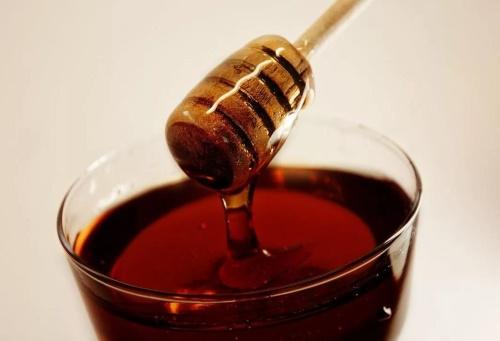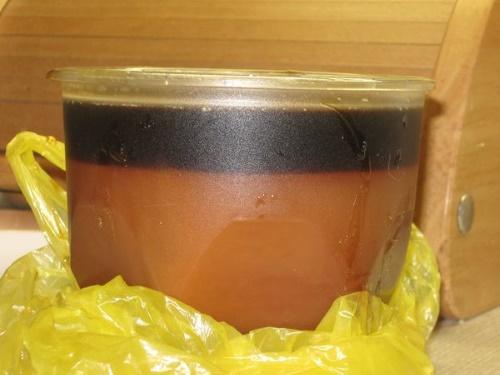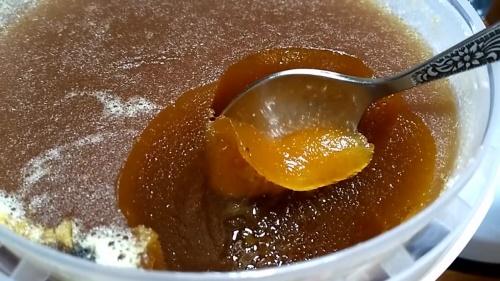How to identify buckwheat honey - choosing a quality product
 One of the most useful was and remains honey obtained from buckwheat nectar. To get a really high-quality and real product, it is important to know how to identify buckwheat honey. Inexperienced buyers are often offered instead of it meadow, which also has a dark color. In addition, if among the beekeepers there are still honest people who value their reputation, then this cannot be said about dealers. Unscrupulous sellers often dilute products beekeepingto get the maximum benefit. As a result, instead of valuable healthy honey, you can buy diluted and colored syrup. Only laboratory analysis can accurately confirm the quality of the product. But if you know some of the nuances, you can make sure that honey is real without additives at home.
One of the most useful was and remains honey obtained from buckwheat nectar. To get a really high-quality and real product, it is important to know how to identify buckwheat honey. Inexperienced buyers are often offered instead of it meadow, which also has a dark color. In addition, if among the beekeepers there are still honest people who value their reputation, then this cannot be said about dealers. Unscrupulous sellers often dilute products beekeepingto get the maximum benefit. As a result, instead of valuable healthy honey, you can buy diluted and colored syrup. Only laboratory analysis can accurately confirm the quality of the product. But if you know some of the nuances, you can make sure that honey is real without additives at home.
How to identify buckwheat honey

- Color. Deep dark brown, but not yellow. May be brownish red if bees have collected nectar from multiple crops.
- Aroma. No other beekeeping product has such a smell. Since the main component is buckwheat, honey smells accordingly, almost like buckwheat porridge.
- Taste. Here, almost everything is as usual - sugary sweetness, but with a slight nuance. Honey has a tart note, and after tasting it, you can feel a slight burning sensation in the throat.
Buckwheat honey is liquid only in "freshly prepared" form. After 3 months, it becomes very thick and candied. In this case, a sediment may appear in the form of a lighter layer at the bottom of the can.
Checking honey for naturalness
 How many tricks are used to increase the initial quantity of honey products on the counter. It is diluted with sugar syrup, chalk and starch are added to obtain the desired thickness ... You can find out if you really bought high-quality honey and if something is mixed in it, in one of the following ways:
How many tricks are used to increase the initial quantity of honey products on the counter. It is diluted with sugar syrup, chalk and starch are added to obtain the desired thickness ... You can find out if you really bought high-quality honey and if something is mixed in it, in one of the following ways:
- Dissolve some honey in water. If it is real, it will melt completely, and the solution will be the same color. In the presence of foreign additives, the liquid will separate.
- Add a couple of drops of alcohol (ethyl) to the honey mixed with water. The fake will become cloudy, and high-quality honey will remain the same color.
- Add iodine instead of alcohol. If it turns blue, it means that it has been "thickened" with starch.
- Put honey in a spoon and pour over it with a bite. Bubbles will appear - there is chalk in the composition.
Perhaps the most correct decision would be to buy honey in specialized stores. Their products are laboratory tested and certified. Acquiring it “off hand” is a risky business, because you never know what you can get.